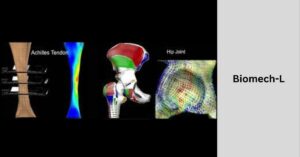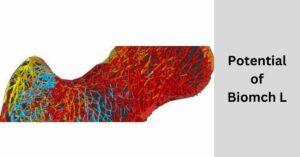What To Know About Plastic Surgeons and Reconstructive Surgery

Reconstructive surgery helps to restore function and appearance to body parts affected by developmental abnormalities, trauma, infection, tumors, or disease.
During the initial consultation, a board-certified reconstructive surgeon assesses a patient’s overall health and discusses surgery goals. Here are some things to know about plastic surgeons and reconstructive surgery:
Patient Consultation
A qualified plastic surgeon reviews the patient’s complete medical history, including past and present medical conditions, allergies, medications, and previous surgeries. They also perform a physical examination to assess the specific areas of concern and evaluate the patient’s anatomy.
This assessment helps the surgeon understand the unique aspects of the patient’s case and determine a personalized surgical approach. During consultation, the surgeon provides detailed information about the proposed procedure, including the process, expected recovery time, and medication.
The surgeon may present before-and-after photos of previous patients who have undergone similar reconstructive procedures. This visual representation can help the patient understand the surgeon’s skills and the potential results of the surgery.
The surgeon or their staff discuss the estimated cost of the procedure, including any associated fees. You can ask about insurance coverage and explore available financing options.
Innovation and Technology
Reconstructive surgeons utilize technologies like 3D printing and virtual surgical planning to enhance precision in their procedures. Advancements in materials and techniques contribute to improved outcomes and reliable recovery times.
These experts use 3D printing to create patient-specific implants tailored to individual anatomical requirements. 3D-printed surgical guides assist surgeons in placing implants or performing complex procedures, reducing error and improving precision.
In facial reconstruction, surgeons can use 3D printing to create models of a patient’s face, helping them plan and visualize procedures before operating.
Advanced technologies enable plastic surgeons to perform reconstructive procedures through smaller incisions, minimizing scarring and expediting recovery. Surgeons use virtual surgical planning to simulate the surgery, assess potential challenges, and plan the optimal approach.
Reconstructive Surgery Procedures
Reconstructive surgery procedures include breast reconstruction, cleft lip and palate repair, facial reconstruction, abdominal wall reconstruction, burn reconstruction, and skin cancer reconstruction. Cleft lip and palate are conditions where there is a fissure or opening in the upper lip and the palate.
Reconstructive surgery helps close these openings and restore normal function, speech, and facial aesthetics. Skin grafts involve the transplantation of skin from one area of the body to the recipient site.
This procedure is helpful for burn victims, where the skin is needed to cover and heal damaged areas. Facial reconstruction entails scar revision, skin grafts, and complex facial bone reconstruction.
Plastic surgeons often work with breast cancer patients who have undergone mastectomy. Reconstruction involves implants, tissue expanders, or autologous tissue transfer from other parts of the body. Following the removal of skin cancer, surgeons perform reconstructive procedures to restore the affected area.
This may involve skin grafts, flaps, or other techniques to maintain form and function. Surgeons can also perform abdominal wall reconstruction after extensive abdominal surgeries, trauma, or conditions that result in abdominal wall weakness or hernias. The process involves repairing and reinforcing the abdominal wall to restore function and aesthetics.
Post-Operative Care
After reconstructive surgery, careful monitoring of the surgical sites helps identify any signs of infection, swelling, or abnormal healing. Qualified surgeons offer wound care instructions for proper cleaning and dressing changes, minimizing the risk of complications.
Patients also receive guidelines on activity restrictions during the initial stages of recovery. This may include restrictions on lifting heavy objects, engaging in strenuous exercise, or participating in activities that could impact the surgical site.
The surgeon discusses pain management strategies and prescribes appropriate pain medications if needed. Regular follow-up appointments with the plastic surgeon help monitor progress, assess healing, and address any concerns.
The reconstructive surgeon uses topical treatments and silicone sheets to help heal scars. Post-operative care can also include proper nutrition to support the body’s healing process. Adequate intake of nutrients, vitamins, and minerals contributes to recovery.
Book an Appointment With a Qualified Plastic Surgeon
An experienced plastic surgeon can perform various reconstructive surgeries using advanced technology to reduce recovery times and offer better results. The surgeon develops a customized treatment plan based on the medical history, physical examination, and the patient’s goals.
After surgery, the expert monitors the patient and addresses complications when they arise. Schedule an appointment with a board-certified reconstructive surgeon.


